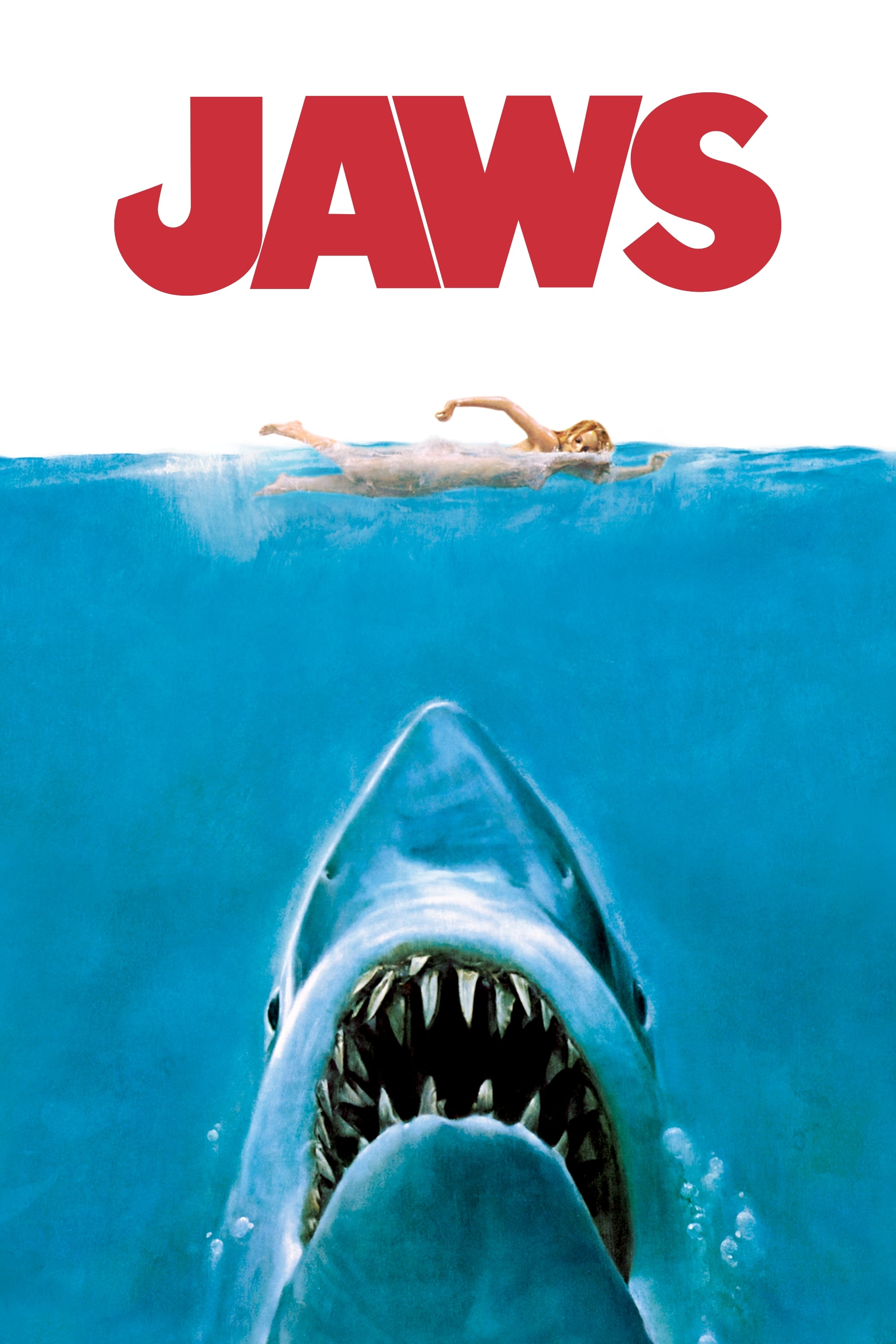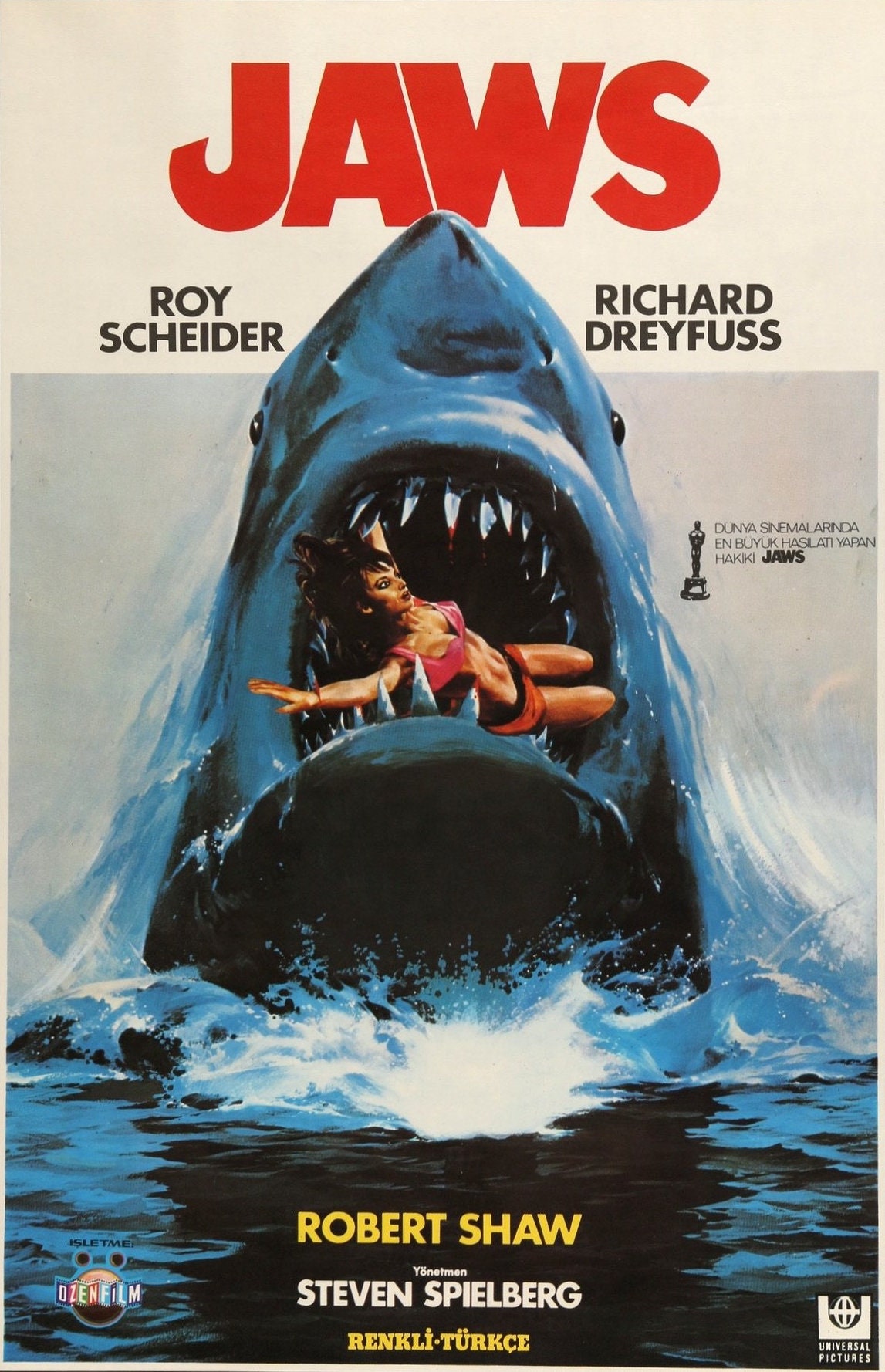How did a film centered around a monstrous shark captivate audiences worldwide? Jaws, directed by Steven Spielberg, revolutionized the horror genre and set new standards for filmmaking. Released in 1975, it became a cultural phenomenon that left an indelible mark on cinema history. But what truly made this film so memorable? The stellar performances of its cast played a pivotal role.
The story revolves around Amity Island, a picturesque coastal town where tranquility is shattered when a series of shark attacks terrorizes the community. Chief Martin Brody, portrayed by Roy Scheider, is joined by marine biologist Matt Hooper, played by Richard Dreyfuss, and seasoned fisherman Quint, brought to life by Robert Shaw, as they embark on a perilous mission to hunt down the killer shark. Each actor delivered nuanced performances that elevated the narrative beyond just a creature-feature thriller. Their chemistry on screen was palpable, making their characters relatable despite the extraordinary circumstances.
| Bio Data & Professional Information |
|---|
| Name: Roy Scheider |
| Birthdate: November 10, 1932 |
| Place of Birth: Orange, New Jersey |
| Career Highlights: Known for his roles in films such as The French Connection (1971) and Marathon Man (1976). Nominated for an Academy Award for Best Supporting Actor for his performance in The French Connection. |
| Reference: IMDb Profile |
Robert Shaw's portrayal of Quint remains one of the most iconic characterizations in cinematic history. A grizzled sailor with a penchant for storytelling, Quint's monologue about the USS Indianapolis sinking is often cited as one of the greatest scenes in movie history. Shaw's ability to convey both vulnerability and toughness added depth to the character, ensuring that audiences never forgot him. Meanwhile, Richard Dreyfuss brought intellectual curiosity and scientific rigor to his role as Matt Hooper, contrasting sharply with Quint's rugged pragmatism. This dynamic interplay between the three leads enriched the film's emotional core.
Lorraine Gary, who played Ellen Brody, provided essential support as the worried wife and mother caught up in the chaos. Her performance underscored the human cost of the events unfolding onscreen, grounding the narrative in reality. Murray Hamilton, as Mayor Vaughn, represented bureaucratic incompetence and greed, adding another layer of complexity to the plot. Together, these actors crafted a tapestry of relationships that resonated deeply with viewers.
Behind the scenes, however, tensions ran high during production. The mechanical shark, nicknamed Bruce, frequently malfunctioned, leading to delays and frustration among the crew. These challenges forced Spielberg to rely heavily on suggestion rather than explicit visuals, resulting in a more suspenseful experience for audiences. In fact, many credit the film's success to its innovative use of sound design and editing techniques, which amplified the fear factor without relying solely on special effects.
Over time, Jaws has continued to influence filmmakers across generations. Its groundbreaking approach to storytelling, combined with unforgettable performances from its cast, ensures its place in the pantheon of great films. Interestingly, several members of the original cast have gone on to achieve significant milestones in their careers. For instance, Richard Dreyfuss won an Academy Award for Best Actor in 1978 for his work in The Goodbye Girl. Similarly, Roy Scheider remained active in Hollywood until his passing in 2008, leaving behind a legacy of impactful performances.
While much attention focuses on the main cast, it's worth noting the contributions of lesser-known individuals involved in bringing Jaws to life. Composer John Williams crafted one of the most recognizable scores in film history, using simple yet haunting motifs to heighten tension throughout the movie. Art director Joe Alves and production designer Richard H. Kline also deserve recognition for their efforts in creating believable environments that enhanced the story's authenticity.
| Related Information |
|---|
| Film Title: Jaws |
| Release Year: 1975 |
| Director: Steven Spielberg |
| Box Office Collection: Over $470 million worldwide |
| Awards: Won three Academy Awards including Best Original Score and Best Film Editing |
| Reference: BBC News Article |
As we reflect on the enduring legacy of Jaws, it becomes clear that its impact extends far beyond mere entertainment value. By exploring themes of fear, survival, and human resilience, the film taps into universal emotions that transcend temporal boundaries. Furthermore, its technical innovations paved the way for future blockbusters, setting new benchmarks for visual storytelling. Today, Jaws stands as both a testament to Spielberg's visionary direction and a celebration of exceptional acting talent.
In addition to its artistic merits, Jaws sparked widespread discussions about environmental conservation and marine biology. Many attribute increased public awareness regarding sharks to the film's popularity, although some critics argue that it perpetuated negative stereotypes about these creatures. Regardless of perspective, there's no denying that Jaws left an indelible mark on popular culture, inspiring countless adaptations, sequels, and parodies over the decades.
Ultimately, the magic of Jaws lies in its ability to balance thrills with substance, delivering a compelling narrative supported by outstanding performances. From Quint's harrowing tales of wartime survival to Hooper's scientific insights, each element contributes to a richer viewing experience. As we celebrate 50 years since its release, it's evident that Jaws will continue to inspire and terrify audiences for generations to come.

![Jaws [Cast] Photo](https://www.statesidestills.com/prodimages/jaws_cast_37453l.jpg)

![Free Jaws Background , [100+] Jaws Background S For FREE | Wallpapers.com](https://wallpapers.com/images/hd/jaws-movie-poster-lsosnuymncbfza2o.jpg)